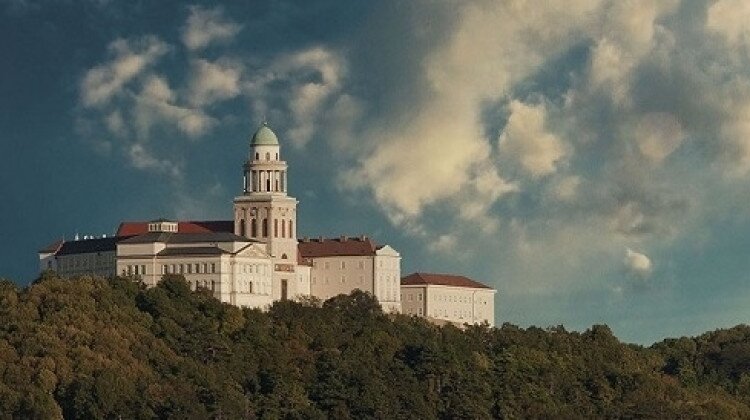
Benedictine Archabbey Pannonhalma
Archabbey
Géza, Grand Prince of the Hungarians, settled Benedictine monks on Pannonia’s Sacred Hill in 996. The responsibilities of the monastery, reinforced in its rights by King Stephen, extended to the spreading of Christianity and establishing and fostering European cultural values. Surrounded by the monastery’s building, the abbey’s basilica, built in late-Roman and early-Gothic style, is one of the masterpieces of Hungarian medieval architecture. Visitors can also enjoy the cloister from the time of King Matthias, and the library, built in classical style. In 1996, the buildings and the surrounding area of the Benedictine Archabbey of Pannonhalma received the UNESCO World Heritage status.
Abbey Winery
During public visits, visitors are shown around in the building of the Abbey Winery (the wine press and the wine house) and presented with the technological process of wine-making. As a conclusion to the cellar tours, visitors can taste the wines produced at the abbey. Pre-booking is required to visit the Abbey Winery.
Herb Garden
Near the lavender plantation located in the botanical garden, a herb garden presents the traditional monastic herb culture. Visitors can learn about medicinal and culinary herbs, taste various herbal teas at the herb house and follow the process of making lavender oil at the lavender distillery.
Abbey Museum
The abbey’s collections are on display at the abbey’s manor house, built in the 18th century. Visitors can see permanent and temporary exhibitions in awe-inspiring halls. Admissions are also available with discounted combined tickets. Here we also find the Pausa Abbey Café, where a patio awaits guests with musical programmes.
The Abbay will be closed from 30th December till 16th January.
Insured discounts for GyőrCard holders:
Optional free admission with 48-hours-GyőrCard or discounted admission fee to the Archabbey
The discounted price is valid also with the 24-hours-GyőrCard (the free admission is not).






